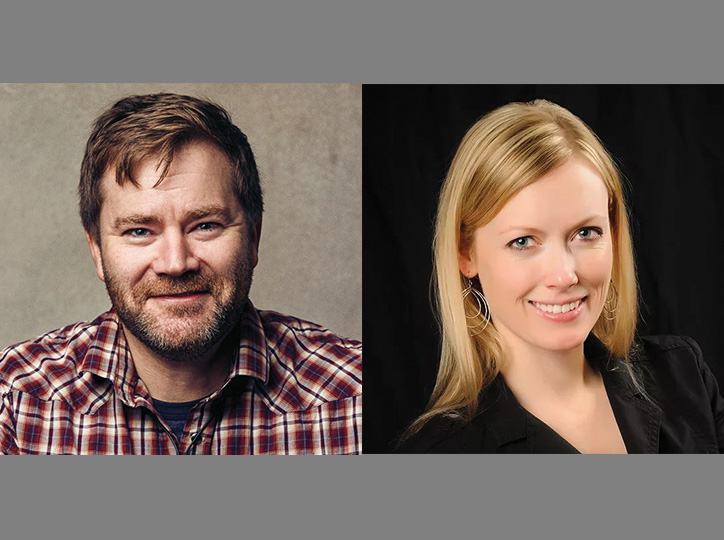About
15 April 2020
Plenary Speakers to Highlight Wearable Sensor Devices and Scientific Landscape post-COVID-19 at the All-Virtual 2020 OSA Biophotonics Congress: Biomedical Optics
Plenary Sessions to be presented live and made available later for on-demand viewing
WASHINGTON – A wearable device embedded with a sensor module that could improve blood pressure monitoring and a changing scientific landscape as a result of the COVID-19 pandemic will be the focus of plenary talks at the all-virtual 2020 OSA Biophotonics Congress: Biomedical Optics 20 – 23 April. The dynamic speakers will discuss the latest innovations and trends in those topic areas in academia and industry. The plenaries scheduled for Monday, 20 April and Thursday, 23 April will be presented live with a recorded archive available later for on-demand viewing. The congress, originally planned as an in-person event, has been transitioned to an all-virtual format to ensure the high-quality, peer-reviewed technical program is presented to the global optics and photonics community.

Plenary speaker Steven LeBoeuf, Valencell, Inc., USA will discuss findings from a study on a machine learning model developed to predict blood pressure based on optical and inertial sensor data collected from a commercially available photoplethysmography (PPG) sensor module embedded within a wearable device. LeBoeuf’s talk is scheduled for Monday, 20 April, 08:45 – 09:30 EDT.
Plenary speaker Catharine Young, executive director, SHEPHERD Foundation, USA will talk about the optics of a changing scientific landscape. Based on the current landscape, Young will discuss how society particularly academia will be forced to rethink how we operate on many levels from graduate education to policy reform to mentoring. Young’s presentation will take place Thursday, 23 April, 08:45 – 9:30 EDT.
The all-virtual, web-conference format OSA Biophotonics Congress: Biomedical Optics, 20 – 23 April 2020, focuses on technological solutions to medical challenges and medical applications. It covers diverse, cutting-edge research and innovative new tools and techniques and brings together an international group of leading engineers, optical and medical scientists and physicians who are engaged in optical methods to advance discovery and application of medical science leading to the translation of these methods to clinical practice.
In addition to the plenary sessions, the congress is comprised of five topical meetings focusing on Clinical and Translation Biophotonics, Microscopy Histopathology and Analytics, Optical Tomography and Spectroscopy, Optics and the Brain, and Optical Coherence Tomography.
The congress will bring together leaders in the field whose contributions are significantly advancing the state of the art in biological and medical research utilizing optical technologies.
Conference registration is free for all participants and currently open. You must register in advance to receive the web link to access the conference.
About The Optical Society
The Optical Society (OSA) is dedicated to promoting the generation, application, archiving, and dissemination of knowledge in optics and photonics worldwide. Founded in 1916, it is the leading organization for scientists, engineers, business professionals, students, and others interested in the science of light. OSA’s renowned publications, meetings, online resources, and in-person activities fuel discoveries, shape real-life applications and accelerate scientific, technical, and educational achievement.
Media Contact
